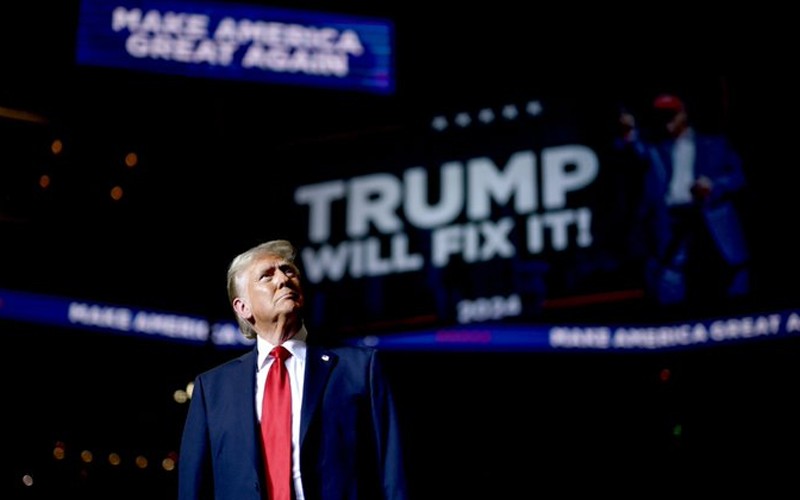
U.S. President Donald Trump on Saturday unveiled a sweeping plan to impose 30% tariffs on imports from the European Union and Mexico starting August 1, a decision that threatens to strain trade ties with two of the United States’ biggest partners, according to the Associated Press.
In letters made public on his social media, Trump confirmed that the levies are part of his broader push to reset America’s global trade relationships — a central theme of his 2024 campaign.
He argued that foreign powers have long exploited the U.S. economy and that the new tariffs would lay the foundation for renewed industrial growth.
Addressing Mexican President Claudia Sheinbaum, Trump acknowledged some cooperation on border control and curbing fentanyl smuggling but insisted Mexico hadn’t done enough.
“Mexico has been helping me secure the border, BUT, what Mexico has done, is not enough,” Trump wrote.
He warned that North America was becoming a “Narco-Trafficking Playground.”
In his separate note to the European Union, Trump called America’s long-standing trade deficit with the bloc a threat to national security, the AP report said.
“We have had years to discuss our Trading Relationship with The European Union… Our relationship has been, unfortunately, far from Reciprocal,” he wrote, citing EU tariffs and trade barriers, according to the report.
Saturday’s announcements add to a growing list of tariff threats Trump has issued — to 24 countries and the entire 27-nation EU — after briefly suspending duties earlier this year to allow time for negotiations. That 90-day pause ended this week.
Trade analysts warn that if implemented, the tariffs could severely disrupt global supply chains. The EU exported over $553 billion worth of goods to the U.S. in 2022, making it the largest seller of goods to the American market, AP reported.
European officials had hoped to avoid such measures. EU trade negotiator Maroš Šefčovič recently said a deal to avert the tariffs could be reached “even in the coming days.”
Douglas Holtz-Eakin, former CBO director and president of the American Action Forum, told AP the letters showed that no meaningful trade talks had occurred during the suspension window.
“They’re spending time talking to each other about what the future is going to look like, and we’re left out,” he said, warning that these were essentially tax threats targeting U.S. consumers. “In the end, these are letters to other countries about taxes he’s going to levy on his citizens.”
The economic stakes are high. EU-U.S. trade in goods and services reached €1.7 trillion ($2 trillion) in 2024 — an average of €4.6 billion per day, according to Eurostat.
Key EU exports to the U.S. include cars, aircraft, pharmaceuticals, chemicals, and wine.
Lamberto Frescobaldi, president of the Union of Italian Wines said Trump’s move could effectively shut European wine producers out of the U.S. market, AP reported.
“A single letter was enough to write the darkest chapter in relations between two historic Western allies,” Frescobaldi said, according to AP.“At this point, our fate and that of hundreds of thousands of jobs are tied to the extra time, which will be crucial.”
Trump has repeatedly criticised the EU’s €198 billion goods trade surplus.
However, the U.S. makes up for some of that gap with a strong surplus in services such as cloud computing, travel, and financial consultancy.
That reduces the overall U.S.-EU trade deficit to about €50 billion ($59 billion), less than 3% of total trade between the two regions.


